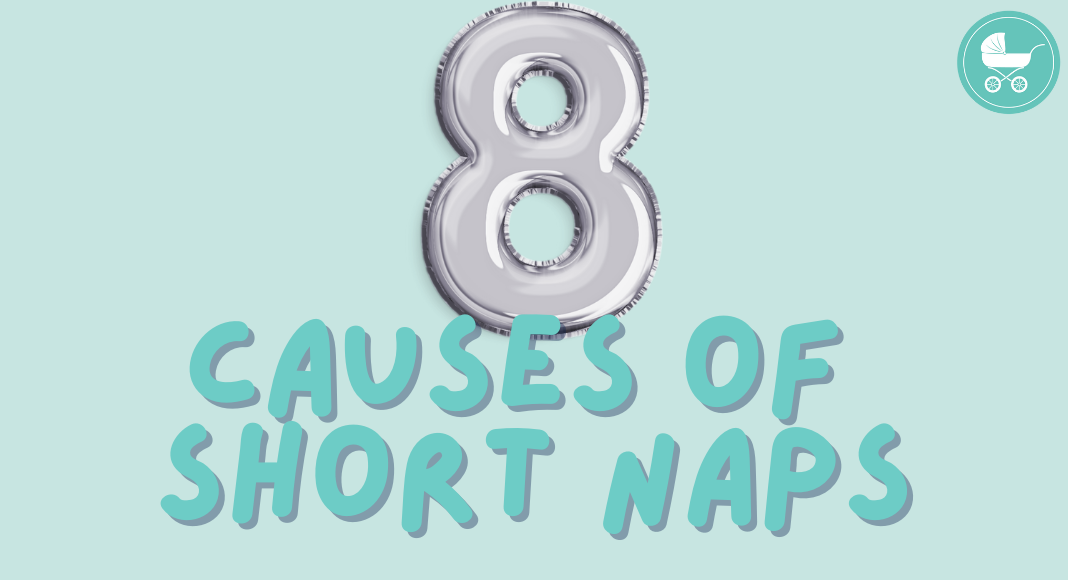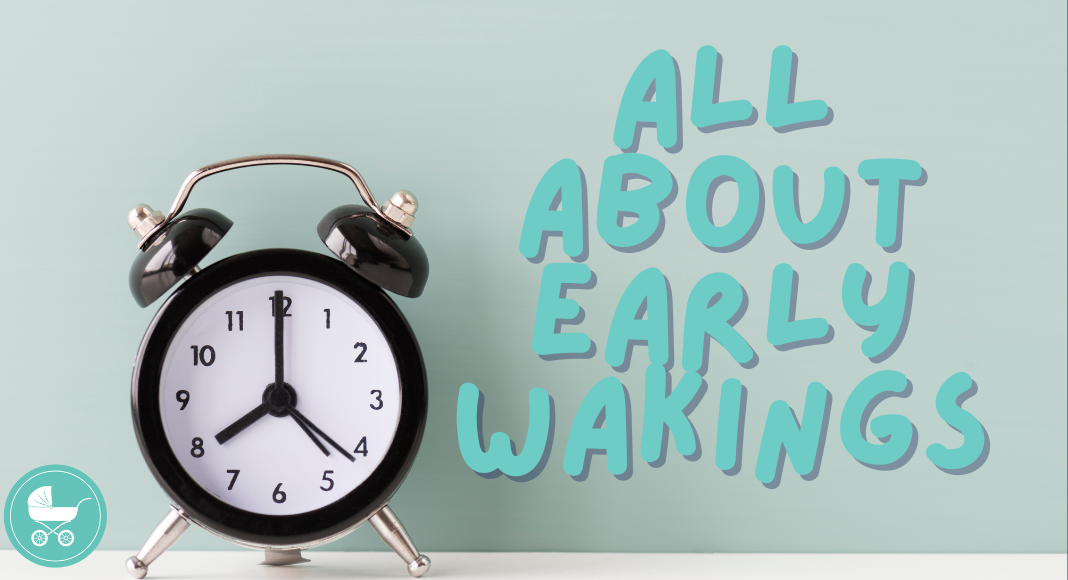
April 20, 2020
As a mom to four boys, I would be lying to you if I told you I never co-slept with my littles. From the second their tiny body was laid on my chest, it was addicting to have them as close to me as possible, especially while they were sleeping. I adored it. That fresh […]
All About Co-Sleeping
As a mom to four boys, I would be lying to you if I told you I never co-slept with my littles. From the second their tiny body was laid on my chest, it was addicting to have them as close to me as possible, especially while they were sleeping. I adored it. That fresh newborn scent can melt anyone!
I knew I didn’t want to co-sleep long term, but especially in those first few months, I just couldn’t help myself from time to time. I was careful to have the pack-n-play next to the bed and put them in there for naps and overnight sleep, but it was so convenient to drift off to sleep with them next to me at times.
Most often, our desire to keep that tiny baby close turns into a routine that works…until it doesn’t. There are many reasons that parents choose to transition from co-sleeping to having their little one sleep independently in their own bed. That’s where we come in. We are all moms; we understand where you are coming from. We aren’t here to judge you or make you feel as though you have been doing anything wrong. Our desire is to offer you the support, encouragement and guidance you need to achieve the goals you have for your family. When you are ready to make the transition from co-sleeping, we will gladly be the support you need to make the leap!
Before we discuss things further, let’s make sure we are on the same page when it comes to co-sleeping.
What does the term co-sleeping mean to you?
When we hear the term co-sleeping, we often think of a baby sleeping in a bed with his/her parent(s). By definition — according to Wikipedia — “co-sleeping is a practice in which babies and young children sleep close to one or both parents, as opposed to in a separate room.” The AAP (American Academy of Pediatrics) says, “infants should sleep in parents’ room, close to parents’ bed, but on a separate surface designed for infants. Ideally, for the first year of life, but at least for the first six months.” Co-sleeping, however, also can simply mean the baby is sleeping in the same room as the parents but NOT in the bed with them – in their own safe space in the bedroom.
Okay – so if the AAP recommendation for safe sleep and the definition of co-sleeping don’t seem all that different, is co-sleeping really a bad thing?
Co-sleeping gets a bad name. We too often hear stories on the news about how co-sleeping resulted in the death of an infant. This is not only so incredibly tragic, but it is also preventable.
The truth is…co-sleeping is not necessarily what leads to most infant deaths when the baby is sleeping in their own space with mom and dad. When the baby is in your bed without protection from anything landing on or suffocating baby during sleep, that’s when accidents happen. Sleeping in the same bed as your baby can actually increase their risk of SIDS. The AAP clearly defines that babies should be close to parents, but here is the key information…on their own surface (and one especially designed for infants).
Here are some safe spaces we recommend for babies to sleep in that can be perfect for room sharing:
- The Babybjorn Travel Crib
- The Halo Swivel Bassinet
- The Arm’s Reach Concepts Mini
- Chicco Lullago Bassinet
We always recommend safe sleep! While we always caution against sleeping in the same bed with your baby, we do encourage room sharing for those early infant days.
Keeping baby close until you are ready for a more independent sleep environment is not only the AAP’s recommendation, it’s ours as well.
The transition from co-sleeping
Be sure you’re ready
This is number one! If co-sleeping is working for your family and you are just not ready to part with the all-night snuggles, then wait. This is your decision as a parent, and you shouldn’t feel pressured into making the big change if you know in your heart you aren’t ready.
When you’re ready, you’ll know!
Plan for it
If you’ve been co-sleeping for a while, the best thing to do is schedule the transition. Put it on the calendar! Pick a time where you are able to focus on it and be consistent. If you plan it out, you are much more likely to follow through and be successful.
Be sure to have a set plan and a method before starting. This is where we come into play! We would love to help you on this journey and create a custom plan that is perfect for you. This will help you be prepared and confident before making any changes.
Move slowly and manage your expectations
Any kind of sleep change takes time. Don’t expect miraculous results after night one, but know progress comes with consistency.
When transitioning from co-sleeping, we will typically move in different phases. I always encourage parents to focus on one change at a time so that you don’t get too overwhelmed. Pick a pace you’re comfortable with and move from there.
Get support!
I say it all the time – support makes all the difference. If you know this is a big change for you, don’t do it alone! I advise one of our packages that come with continued support (The Show Me Package or The Tell Me Package) so that you have someone cheering you on and guiding you through the different phases.
In addition to professional support, call one of your friends and let them know the new plan. Have them check in with you for some extra love and support!
Remember…we are on your team! If you’re ready to make the change, contact us today and we’d love to chat.
Sweet Dream,
Marilyn Banse
Certified Baby & Toddler Sleep Consultant
Get instant access to our free sleep class for children from newborn to 5 years old. You will learn how to get your child to sleep independently -- and all through the night!
Get Your Child To Sleep All Night Long in as Little as 7 Days!
join the free class
THE CLASS


